Game Design (BFA)
Game Design (BFA)
The Game Design BFA gives a well-rounded education in the arts with an emphasis on understanding and applying techniques including 3D modeling, animation and lighting in video game production.
Students graduate with a solid grasp of the fundamental game art principles, including knowledge of game engine technology and pre-production and production environments.
Bachelor of Fine Arts (BFA) Degree
Available Online & On Campus
Core Classes
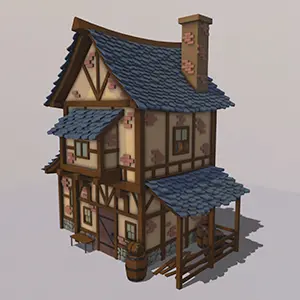
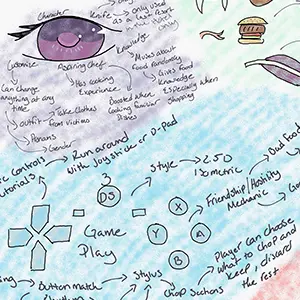
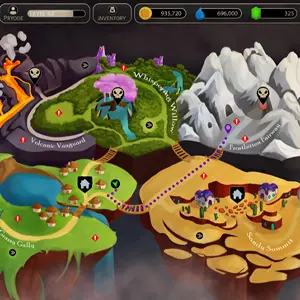
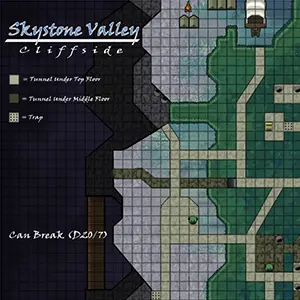

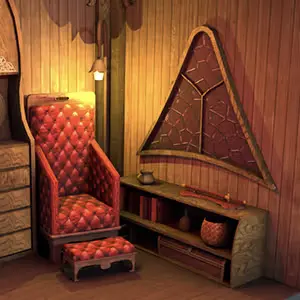
Unit Requirements
| Major Coursework | Units |
|---|---|
| Core | 24 |
| Sophomore Portfolio | 3 |
| Senior Portfolio | 3 |
| Major | 39 |
| Liberal Arts | 42 |
| Elective | 9 |
| Total | 120 |
Degree Requirements
BFA GAME DESIGN DEGREE REQUIREMENTS
- Minimum grade of C- in all major coursework
- Minimum 2.0 GPA and the following general education requirements:
4 Art Historical Awareness courses
1 Creative Communication course
1 Written Communication: Critical Thinking course
1 Historical Awareness course
1 Quantitative & Programming Fundamentals course
1 Cultural Ideas & Influences course
1 Game Business Practices course
1 Employment Communications and Practices course
After above general education requirements are met, take Liberal Arts electives as needed to fulfill the Liberal Arts unit requirement.
Additional Information

Program Learning Outcomes
Undergraduate students will meet the following student performance criteria:
Visual Communication
- Visually demonstrate skills that meet game industry standards
- Use simple sketches, maps, and wireframes to communicate gameplay intent
- Employ basic graphic design principles to create clear and aesthetically pleasing documentation
Technology
- Demonstrate proficiency with technology related to contemporary game production
Presentation Skills
- Clearly and professionally present work and ideas using industry-standard terminology
Critical Thinking and Problem Solving
- Visually communicate research and ideas throughout the design process
- Research and generate workable solutions under a deadline
Professional Readiness
- Produce a professional portfolio which meets industry standards
- Work cooperatively and effectively in a professional production environment
- Apply appropriate production methodologies and scope in relation to time and task management
Specialty Skills:
- Design, organize, and build game prototypes in established game engines
- Create design documentation and detailed paper maps for a professional preproduction package
- Effectively use visual and code-based scripting to implement game and level mechanics
- Tune systems for balance and playability while taking into consideration dependencies on related systems
Academy of Art University Learning Outcomes
Graduates of the Academy of Art University will demonstrate the ability to:
- Produce a body of work suitable for seeking professional opportunities in their chosen field of art and design.
- Solve creative problems within their field of art and design, including research and synthesis of technical, aesthetic, and conceptual knowledge.
- Communicate their ideas professionally and connect with their intended audience using visual, oral, and written presentation skillsrelevant to their field.
- Execute technical, aesthetic, and conceptual decisions based on an understanding of art and design principles.
- Use professional terminology to evaluate their work and work in the field.
- Recognize the influence of major cultural and aesthetic trends, both historical and contemporary, on art and design products.
- Learn the professional skills and behaviors necessary to compete in the global marketplace for art and design
- Engage with a variety of communities beyond the classroom through internship opportunities, study abroad programs, athletics, student interest clubs, and participation in collaborative, civic, and pro bono projects.
*Semester plans are subject to change at any time. Semester breakdowns displayed are suggested and additional options are available to help customize your educational experience. Speak to an admissions or student services representative for more information. Please see our catalog for more details at: https://catalog.academyart.edu